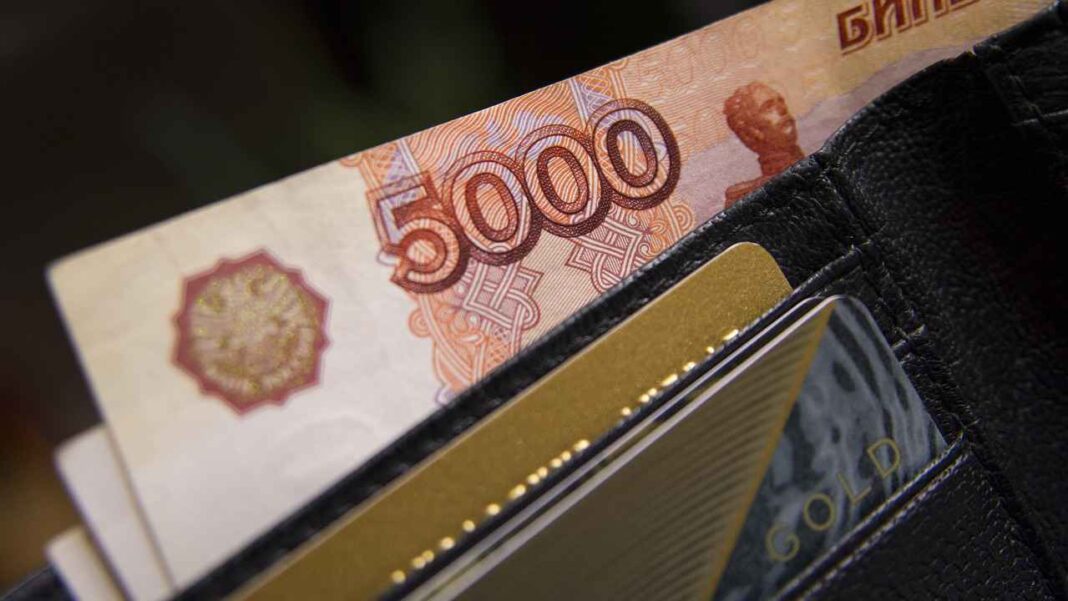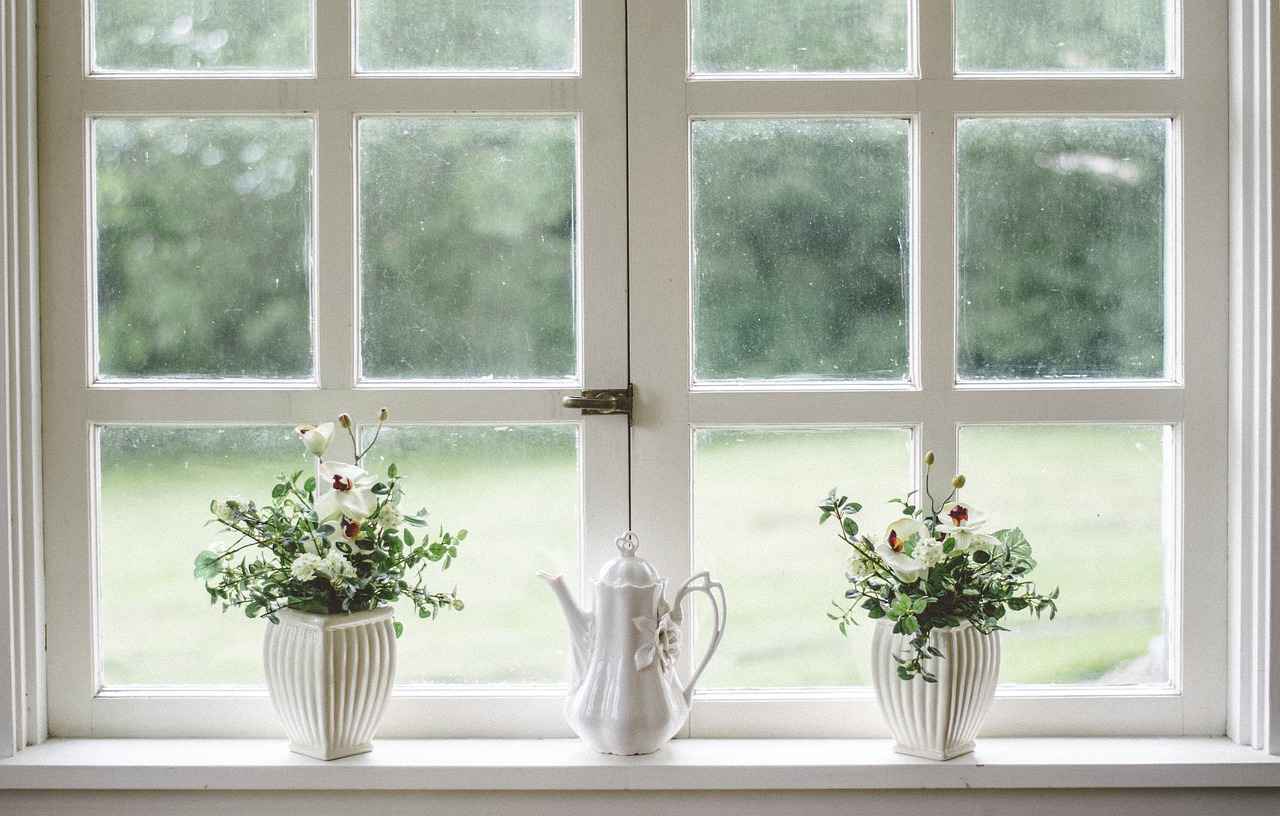When you buy a house, the purchase price is just the beginning. There are several other costs that you might not expect right after you close escrow. Here’s a rundown of what to expect, both the obvious and the not-so-obvious expenses.
Firstly, the expected costs include your monthly mortgage payment, home insurance, property taxes, general maintenance, and utilities. If you’ve planned well, these shouldn’t be a surprise and you’ll manage them even in tough times, like losing a job.
However, there are always unexpected costs, no matter how many homes you’ve bought before. Especially if you’re moving from a different type of home or a new environment, like going from a condo in the city to a single-family home in the suburbs.
Here are some of the surprising costs you might face:
1. Curtains and Blinds: Homes staged for sale often don’t have curtains or blinds to make rooms look bigger and brighter. Once you move in, you might find yourself needing custom window treatments which can be quite expensive. For example, I once faced a staggering quote of $25,600 for curtains and blinds, though I managed to lower it to $9,800 through another provider.
2. Bidets and Washlets: If you’re accustomed to certain luxuries like a Toto washlet, ensuring your new home can accommodate them can be tricky and potentially costly, especially if modifications are needed.
3. Changing Locks: It’s wise to change all the locks and codes when you move in. You never know who might still have a key or the access code.
4. Security Systems: Updating or installing a new security system with cameras and motion sensors can be complex and expensive, especially if you need to replace or update existing equipment.
5. Appliance Checks: Always thoroughly test all appliances during your home inspection. Missing a thorough check can lead to unexpected repairs. For example, a loose filter in a washing machine could lead to a flooded laundry room, as I found out the hard way.
6. Utility Bills: Bigger homes can lead to significantly higher water and electricity bills, especially if there are additional features like hot tubs or extra refrigerators.
7. New Furnishings: Upgrading to a larger home often means needing more or new furniture, which can quickly become expensive.
8. Replacement Appliances and Devices: Don’t assume all necessary appliances are included in the sale. Sellers might take items you expect to be left behind, like the washer, dryer, or even bathroom mirrors.
9. Landscaping: If your new home comes with a yard, maintaining or updating landscaping can be a costly endeavor, easily running into thousands of dollars.
10. Old Home Costs: If you haven’t sold your previous home before buying the new one, there are ongoing costs to manage until you do sell or rent it out.
By understanding and budgeting for both expected and unexpected costs, you can avoid financial stress after purchasing a home. Remember, ongoing maintenance is key and typically costs about 1% of your home’s value annually. Always be prepared for the unexpected, especially things like water damage, and try to keep a maintenance reserve fund.
For those interested in real estate investment without the direct management hassles, platforms like Fundrise and Crowdstreet offer opportunities to invest in properties with potentially lower costs and higher yields, particularly in the Sunbelt region. These tools can be a great way to diversify your portfolio and gain passive income.








































